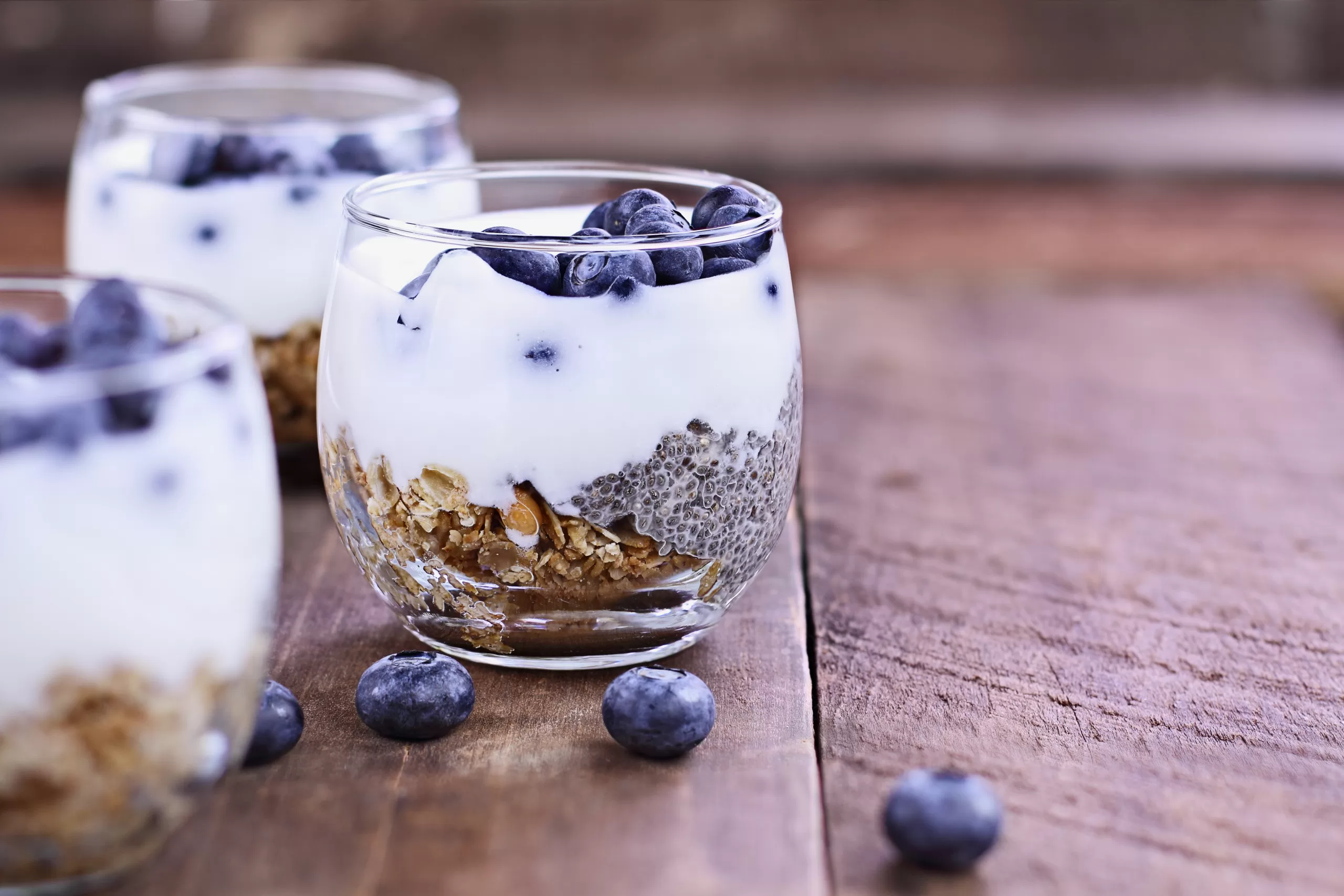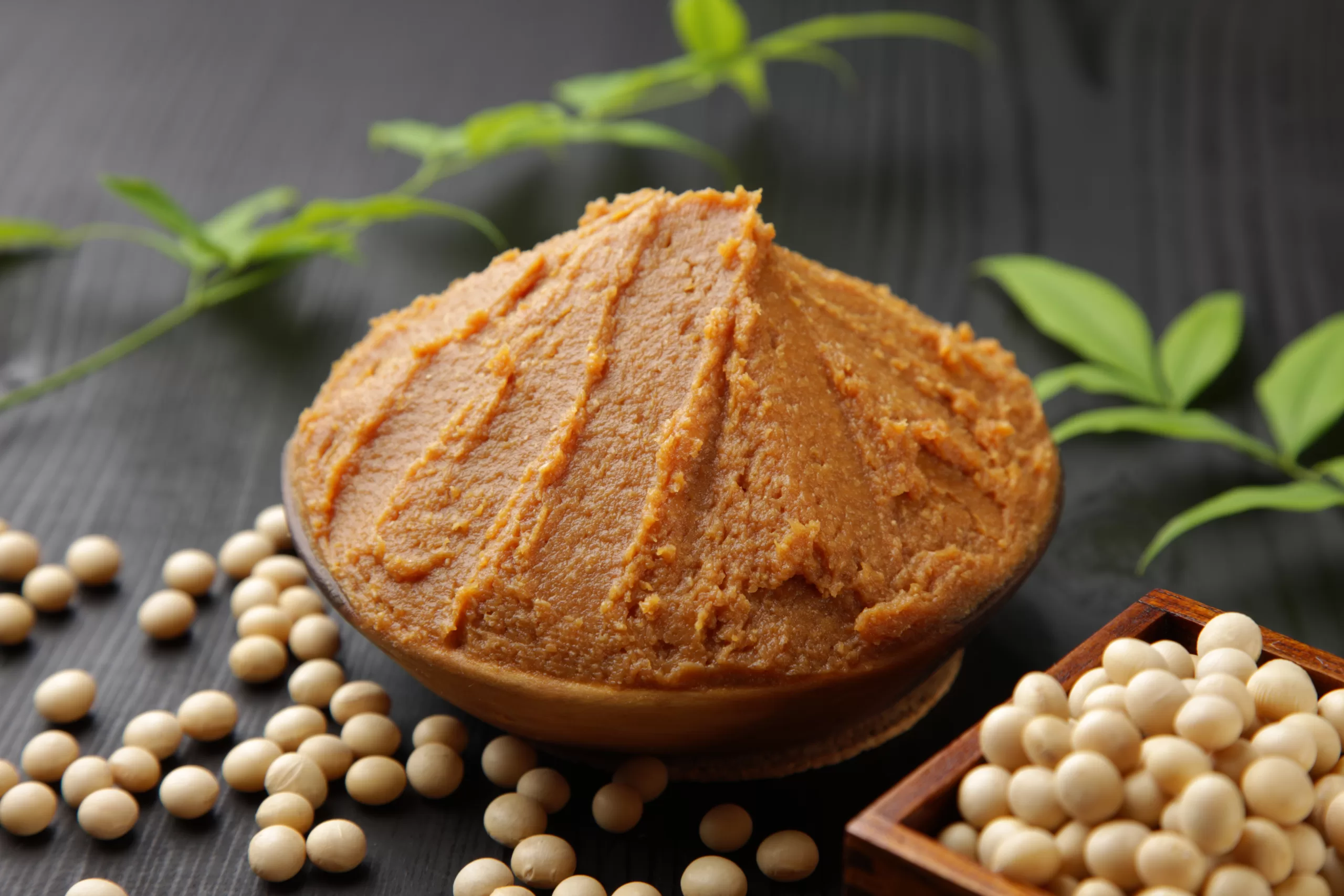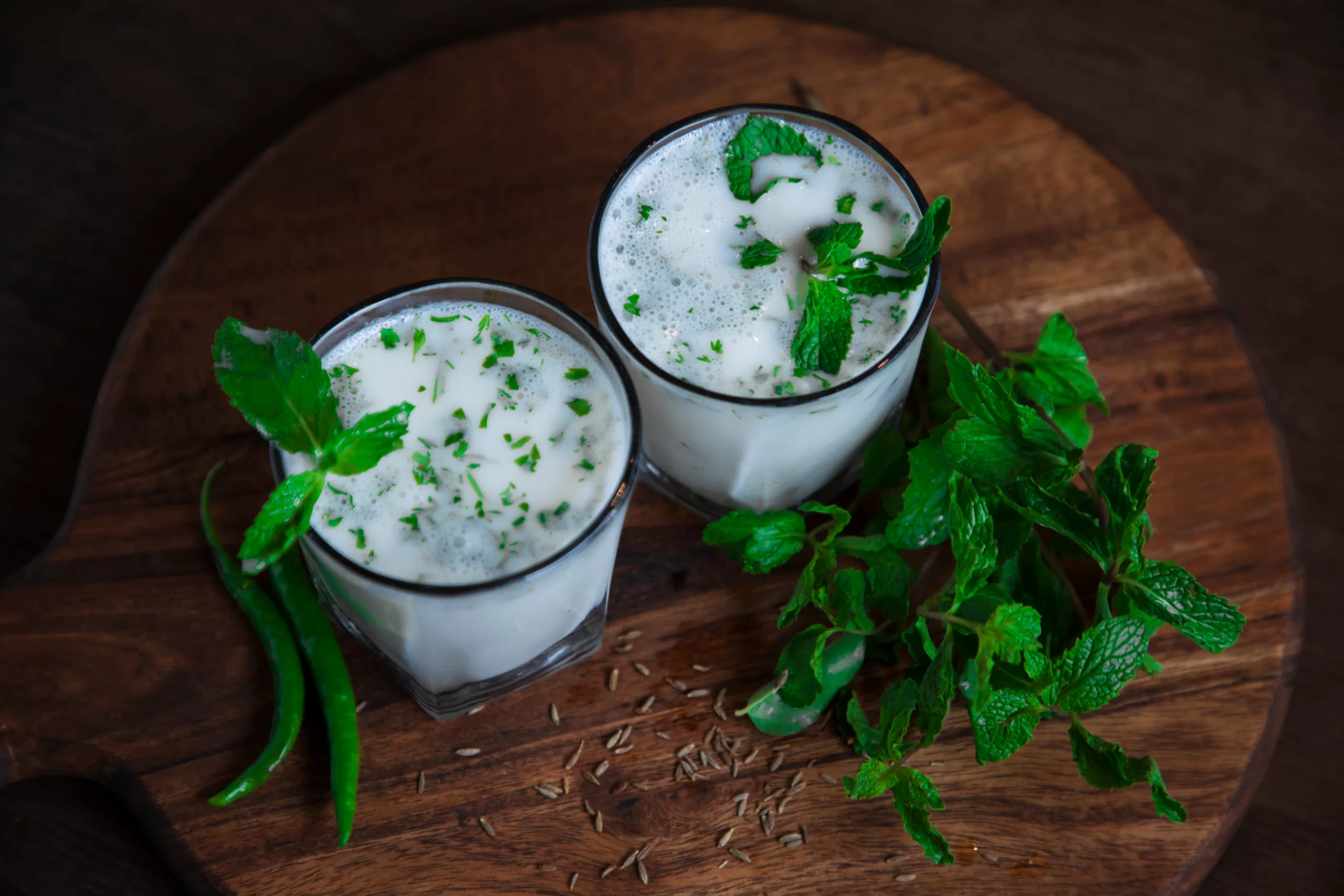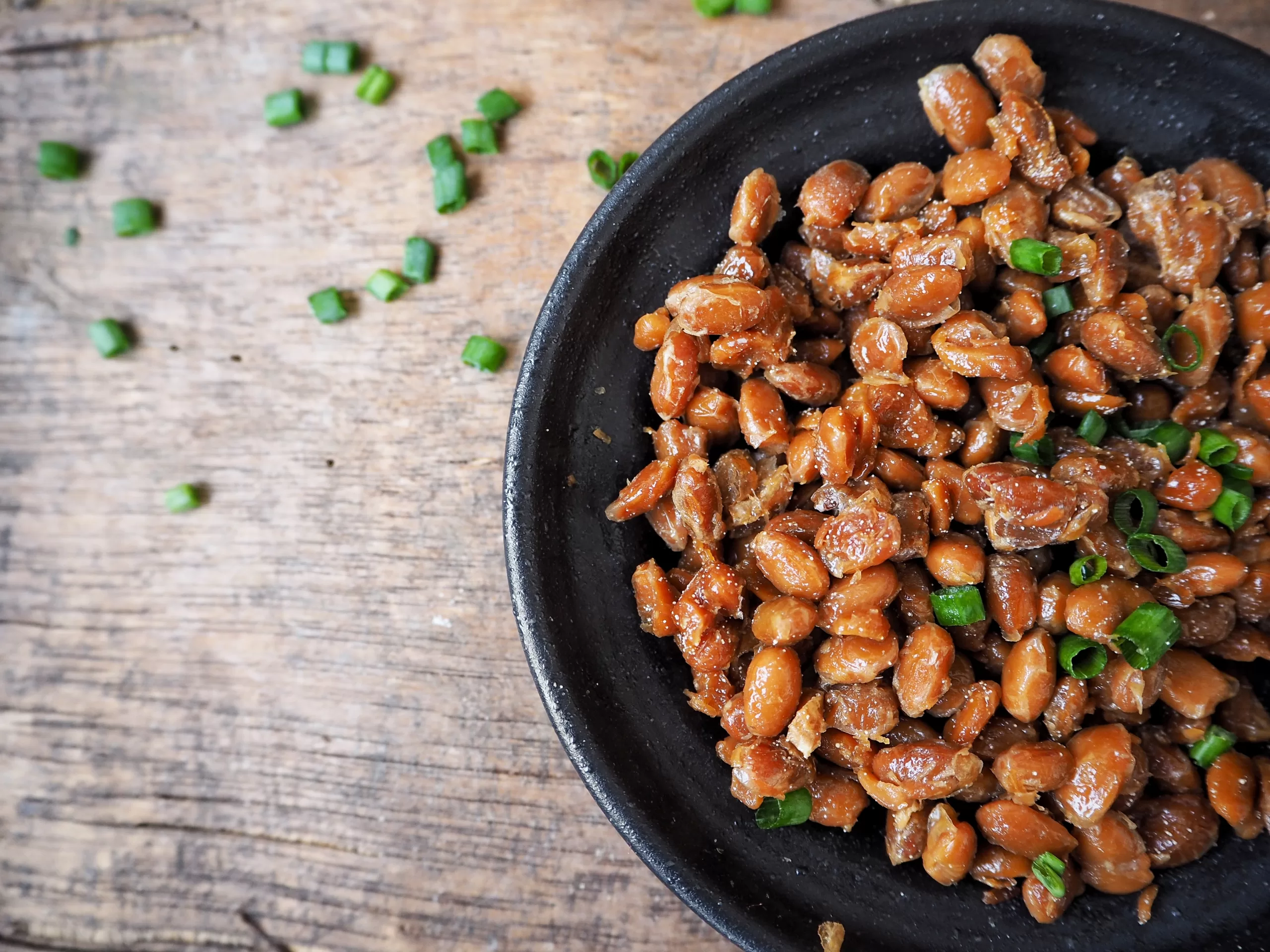Emotional eating is a familiar struggle where feelings lead us to the kitchen, not hunger. In these moments, comfort is sought in food – a chocolate bar, perhaps, to fill a deeper emotional need. This chocolate bar is a temporary fix, a lesson we’ve all learned, but how can we break free from such quick fixes? The solution may require a shift in mindset, as commonly advised, or perhaps there is a simpler solution we’ve overlooked.
Interestingly, the key to tackling this form of eating might not just be in our minds but in our gut as well. Probiotics, those beneficial bacteria in our digestive system, are now being recognized for their potential role in influencing our mood, appetite, and stress response. This new insight hints that the solution to emotional eating could be in our everyday meals and not just in our mindset or willpower to resist the urge for comfort food.
Understanding Emotional Eating
When we are faced with tough situations, it is natural to experience intense emotions. In an effort to lessen them, we might turn to various coping strategies and not all of them are beneficial or healthy. Some people lose hours to social media while others may go on unplanned shopping sprees. And then there are those who find comfort in food, a behavior known as emotional eating.
To make it a point, imagine you have just moved to a new city. The evenings are long and the quiet of your apartment weighs heavily. On one such evening, after a day that has been more stressful than most, you find yourself reaching for comfort in the kitchen. You are not truly hungry but you unwrap a chocolate bar anyway. It is an attempt to fill the silence around you, to replace the absence of conversation and laughter with something tangible.
This scenario captures the essence of emotional eating. It occurs in new situations or in recurring ones that we’ve never quite learned to handle. When loneliness, sadness, anger, or frustration surface, and we are unsure how to process these feelings constructively, food becomes a go-to for temporary relief.
What Probiotics Are and How They Can Reduce Emotional Eating
Just like our bodies can slip into less-than-healthy habits when under stress, they also have the ability to regain balance. Probiotics, which are beneficial bacteria found in certain foods, are a key factor in this recovery process. From regulating appetite and stabilizing mood to managing stress, probiotics can play a part in breaking the cycle of emotional eating.
Hunger Control
Probiotics help regulate our sense of hunger and satiety, which helps manage appetite and in turn mitigates emotional eating. This effect was observed in a study where 105 obese men and women participated in a weight-loss program and were given either a probiotic supplement or a placebo.
Compared to the placebo group, women who took the probiotic Lactobacillus rhamnosus lost more weight and improved their hunger control and eating behaviors. They felt more satisfied after meals and had less desire to eat, which helped reduce their impulsive eating. They also experienced fewer food cravings and felt more positive about their bodies. Men also saw benefits from the probiotics, including increased feelings of fullness and better mental control over eating. These findings suggest that probiotics may positively influence our body’s signals of hunger and fullness, which can play a supportive role in managing emotional eating.
Mood Stabilization
Beyond hunger control, probiotics help stabilize mood by increasing serotonin, the body’s natural “feel good” chemical. This boost in mood may reduce the need to turn to food for emotional comfort.
This mood-enhancing effect is achieved through the action of several bacterial strains, including Enterococcus spp., Escherichia spp., and Streptococcus spp. These bacteria can produce serotonin from tryptophan, an amino acid found in the gut. They use an enzyme to convert tryptophan into a serotonin precursor, which then becomes serotonin. This process increases the amount of this mood-influencing chemical in the gut.
However, the exact way in which bacteria-synthesized serotonin influences the brain is still not fully understood. Emerging research suggests that serotonin has several ways of impacting neural functions. One important way is through the vagus nerve, which links the gut and brain. While serotonin from the gut doesn’t directly reach the brain, it can modify the signals sent via the vagus nerve. These modified signals, when they reach the brain, can affect areas responsible for controlling mood. This could explain how changes in gut serotonin levels might impact our mental well-being.
Indeed, growing research is showing that probiotics, which influence gut serotonin, can enhance emotional well-being. One such study explored the effects of a multi-strain probiotic supplement on mood and anxiety as well as neurotransmitters like serotonin, C-reactive protein, dopamine, and cortisol.
In the study, 70 healthy men and women took a multi-strain probiotic or a placebo for six weeks. They completed mood and anxiety level questionnaires periodically, and their blood concentrations of neurotransmitters were monitored.
The results were promising for the probiotics group. After four and six weeks of supplementing, they reported significant improvements in mood and anxiety, and these benefits persisted after they stopped taking the probiotics. Interestingly, while no change in the levels of other neurotransmitters was observed, the serotonin concentrations in the blood increased.
The researchers conclude that probiotics aid serotonin production, which, in turn, can enhance cognitive function and mood. This improvement in mood and mental state is important in managing anxiety. Additionally, a more balanced mood can lessen the urge for emotional eating, as it helps people handle difficult situations better without turning to food for comfort.
Stress Reduction
Alongside enhancing mood, probiotics are known to temper stress levels, which helps diminish stress-related cravings and lessen emotional eating. The way probiotics achieve this is by regulating cortisol production, a key stress hormone.
To explore these stress-lowering effects, researchers carried out a study on Lactobacillus plantarum 299v to see its impact on young adults during exam periods, a time known for increased stress.
The study involved 41 students who were given either the probiotic or a placebo every day for two weeks before their exams. To measure the probiotic’s effectiveness, researchers analyzed the participants’ saliva for cortisol levels, using it as a stress indicator. The students provided saliva samples throughout the study, and their stress levels were measured through a perceived stress test. Additionally, researchers monitored the increase in beneficial lactobacilli in the participants’ saliva.
The outcomes revealed that the probiotics group had a higher level of lactobacilli, an indicator that they had effectively colonized the mouth. What is more, there was a notable decrease in cortisol levels in the group taking the probiotic compared to those on the placebo, suggesting that the probiotic was effective in reducing stress.
These findings highlight the beneficial role of probiotics in managing stress indicators like cortisol. This could be especially useful for people in stressful situations that can lead to stress-induced behaviors like emotional eating.
Harnessing Probiotic Foods to Combat Emotional Eating
Incorporating probiotic-rich foods into your diet is a practical way to harness their benefits for emotional eating. Foods like yogurt and miso, rich in beneficial bacteria, offer more than just gut health support. They contribute to the trio of probiotics’ advantages: enhancing mood, regulating appetite, and reducing stress, adding a lighter, more balanced feel to daily life.
Yogurt
 Made by fermenting milk with live bacterial cultures, yogurt is an excellent source of probiotics. Not all yogurts are created equal, however. For optimal results, look for labels that mention “live and active cultures” that contribute to gut health. Plain, unsweetened yogurt is the healthiest choice, as it is free from added sugars that can detract from its benefits.
Made by fermenting milk with live bacterial cultures, yogurt is an excellent source of probiotics. Not all yogurts are created equal, however. For optimal results, look for labels that mention “live and active cultures” that contribute to gut health. Plain, unsweetened yogurt is the healthiest choice, as it is free from added sugars that can detract from its benefits.
Kefir
 Like yogurt, kefir is created by adding bacterial cultures to milk. But what sets it apart is the addition of special yeast which enhances its probiotic profile. This broader range of probiotics may offer more significant benefits than other dairy-based sources. Again, for the full health advantages, choose the plain varieties to avoid the added sugars present in flavored options.
Like yogurt, kefir is created by adding bacterial cultures to milk. But what sets it apart is the addition of special yeast which enhances its probiotic profile. This broader range of probiotics may offer more significant benefits than other dairy-based sources. Again, for the full health advantages, choose the plain varieties to avoid the added sugars present in flavored options.
Sauerkraut
 Another fermented favorite, sauerkraut is a traditional cabbage dish rich in live probiotics. The fermentation process that sauerkraut undergoes transforms the natural sugars in cabbage into lactic acid which encourages the growth of good bacteria.
Another fermented favorite, sauerkraut is a traditional cabbage dish rich in live probiotics. The fermentation process that sauerkraut undergoes transforms the natural sugars in cabbage into lactic acid which encourages the growth of good bacteria.
Similar to yogurt and kefir, not all sauerkraut on the market will be rich in probiotics. You should choose those that have been naturally fermented and sold fresh, as these types are more likely to contain live and active cultures.
Tempeh
 Tempeh stands out in the world of fermented foods for its distinctive method of fermentation. The process begins with soaking, dehulling, and cooking whole soybeans, followed by adding a specific mold, Rhizopus oligosporus. Unlike other fermentation processes, this mold creates a compact cake, which results in a higher concentration of probiotics.
Tempeh stands out in the world of fermented foods for its distinctive method of fermentation. The process begins with soaking, dehulling, and cooking whole soybeans, followed by adding a specific mold, Rhizopus oligosporus. Unlike other fermentation processes, this mold creates a compact cake, which results in a higher concentration of probiotics.
When selecting tempeh, opt for organic and non-GMO versions to maximize the purity and potency of the probiotics it contains.
Kimchi
 Kimchi, a staple in Korean cuisine, gets its probiotic benefits from a unique fermentation process. Cabbage mixed with spices like garlic and chili peppers undergoes fermentation, which results in a rich variety of probiotic bacteria.
Kimchi, a staple in Korean cuisine, gets its probiotic benefits from a unique fermentation process. Cabbage mixed with spices like garlic and chili peppers undergoes fermentation, which results in a rich variety of probiotic bacteria.
For kimchi that is rich in live probiotics, seek out traditionally fermented varieties and avoid those with added preservatives, as these can hinder the probiotic content.
Miso
 Miso, a Japanese seasoning, is made by fermenting soybeans with salt and fungus known as koji. In this process, koji introduces special enzymes that break down soybeans and foster the growth of probiotics. The type of miso – white, yellow, red, or mixed – varies based on how long it is fermented and the proportion of soybeans to koji. These factors affect the taste, texture, and the particular probiotic strains found in each type of miso.
Miso, a Japanese seasoning, is made by fermenting soybeans with salt and fungus known as koji. In this process, koji introduces special enzymes that break down soybeans and foster the growth of probiotics. The type of miso – white, yellow, red, or mixed – varies based on how long it is fermented and the proportion of soybeans to koji. These factors affect the taste, texture, and the particular probiotic strains found in each type of miso.
To maintain the probiotic content in miso, you should add it to dishes towards the end of cooking. This is because high heat can reduce the presence of beneficial bacteria. Additionally, unpasteurized miso is a better choice, as pasteurization can lessen its probiotic benefits.
Pickles
 Pickles fermented in the traditional way offer a good source of probiotics. This process involves submerging cucumbers in a solution of salt and water, which leads to the growth of beneficial lactic acid bacteria.
Pickles fermented in the traditional way offer a good source of probiotics. This process involves submerging cucumbers in a solution of salt and water, which leads to the growth of beneficial lactic acid bacteria.
However, not all pickles available in stores are products of fermentation. To find pickles rich in probiotics, look for those labeled as naturally fermented and avoid pickles containing vinegar, as these do not offer probiotic benefits.
Traditional Buttermilk
 Traditional buttermilk, a probiotic-rich liquid, is a byproduct of churning butter from cultured cream. During this process, natural bacteria in the cream produce lactic acid, which supports the growth and activity of probiotics. In contrast, the cultured buttermilk found in supermarkets undergoes a different production method. Initially, the milk is pasteurized, a process that heats it and eliminates many of its naturally occurring beneficial bacteria. After pasteurization, bacterial cultures are added to the milk but they do not provide the same diversity of probiotics found in traditional buttermilk. This is because of the prior removal of the original bacteria during pasteurization.
Traditional buttermilk, a probiotic-rich liquid, is a byproduct of churning butter from cultured cream. During this process, natural bacteria in the cream produce lactic acid, which supports the growth and activity of probiotics. In contrast, the cultured buttermilk found in supermarkets undergoes a different production method. Initially, the milk is pasteurized, a process that heats it and eliminates many of its naturally occurring beneficial bacteria. After pasteurization, bacterial cultures are added to the milk but they do not provide the same diversity of probiotics found in traditional buttermilk. This is because of the prior removal of the original bacteria during pasteurization.
That said, to enjoy the full probiotic benefits, consider traditional buttermilk which is usually available in specialty stores or local dairies.
Natto
 Another staple in Japanese cuisine, natto is produced by fermenting soybeans with a beneficial bacteria called Bacillus subtilis. This fermentation not only gives natto its unique sticky texture and strong flavor but also results in a high concentration of probiotics.
Another staple in Japanese cuisine, natto is produced by fermenting soybeans with a beneficial bacteria called Bacillus subtilis. This fermentation not only gives natto its unique sticky texture and strong flavor but also results in a high concentration of probiotics.
To get the most benefit from natto’s probiotic properties, choose varieties free from artificial flavors and preservatives which can sometimes interfere with the beneficial bacteria.
Some Cheeses
 Certain cheeses like Gouda, Mozzarella, Cheddar, and Swiss are excellent sources of probiotics. They are created through a process that uses live bacterial cultures to ferment lactose into lactic acid. This conversion is key because it lowers the pH of milk and creates an acidic environment where beneficial bacteria thrive while undesirable bacteria are inhibited.
Certain cheeses like Gouda, Mozzarella, Cheddar, and Swiss are excellent sources of probiotics. They are created through a process that uses live bacterial cultures to ferment lactose into lactic acid. This conversion is key because it lowers the pH of milk and creates an acidic environment where beneficial bacteria thrive while undesirable bacteria are inhibited.
For cheeses that offer probiotic benefits, look for those specifically labeled as containing “live and active cultures”. They are typically found in specialty cheese shops and health food stores.
Consuming such probiotic-rich foods, from yogurt to miso, helps improve gut health. Better gut health can lead to improved mood and appetite control and lower stress, making it less likely to turn to food in response to emotions.
Wrapping Up
In dealing with emotional eating, it becomes clear that the answers might lie closer than we think – right in our own kitchens. Embracing foods rich in probiotics might be a simple yet effective way to change our response to emotional cues. By adding these foods to our diet, we gain the triple advantage of a balanced emotional state, smoother control of hunger, and a more relaxed response to stress, all of which can help reduce the urge to use food as a source of comfort.


 By mimisf
By mimisf
